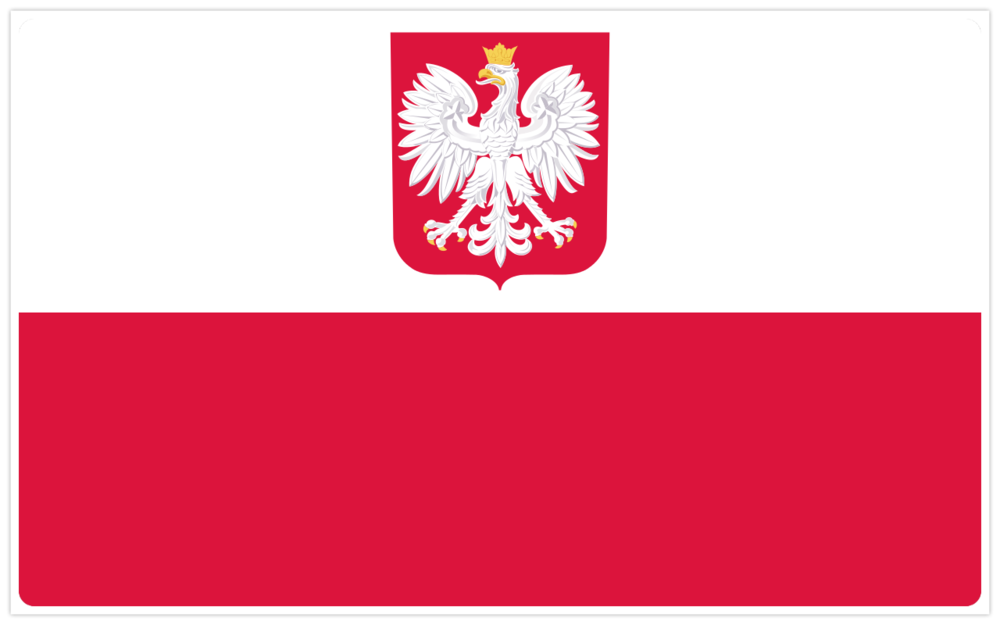For the UK export procedures for both new and second-hand agricultural and forestry machinery, there is no requirement for plant health certificates for new agricultural machinery. On the other hand, exporting used machinery necessitates obtaining a Phytosanitary Certificate (PC).
To secure a PC, the following steps must be adhered to:
Ensure the machinery is thoroughly cleaned, removing all soil and plant debris. It’s the exporter’s duty to confirm that any pre-owned machinery adheres to the EU’s sanitation standards. Failure to meet these standards will result in the denial of the PC.
The machinery must be inspected by a plant health inspector prior to export. This inspection will take place at a location deemed safe and secure, as indicated in your export application. As the exporter, it is your responsibility to make sure the machinery is both easily accessible for the inspection and safe. The machinery should be in a state ready for export at the time of inspection. Additionally, the phytosanitary certificate must include your name and address.
Certain types of heavy machinery that require a PC include:
Ploughs, under the commodity code 8432 10 00,
Combine harvesters, with the commodity code 8433 51 00,
Agricultural tractors, identified by the code 8701 94 10.
This update mandates exporters to comply with new regulations, ensuring that all agricultural machinery meets the EU’s health standards before export.
For a truck driver exporting machinery from the UK to Poland via Dover to Calais, here’s a concise guideline:
- Ensure the machinery is clean and free from soil to comply with the phytosanitary requirements.
- Have the UK-issued phytosanitary certificate readily available for inspection.
- A designated representative who has access to the TRACES NT system. They must enter the necessary details into the system to generate the CHED-PP number, which is essential for the goods to pass inspection at Calais.
- Upon arrival in Calais, prepare to submit the CHED-PP at the designated Border Control Post (BCP).
- Ensure all required documents, including the commercial invoice, packing list, and export declaration, are accessible.
Follow any specific instructions provided by the customs authorities at the BCP in Calais and any subsequent BCPs en route to other EU countries.





